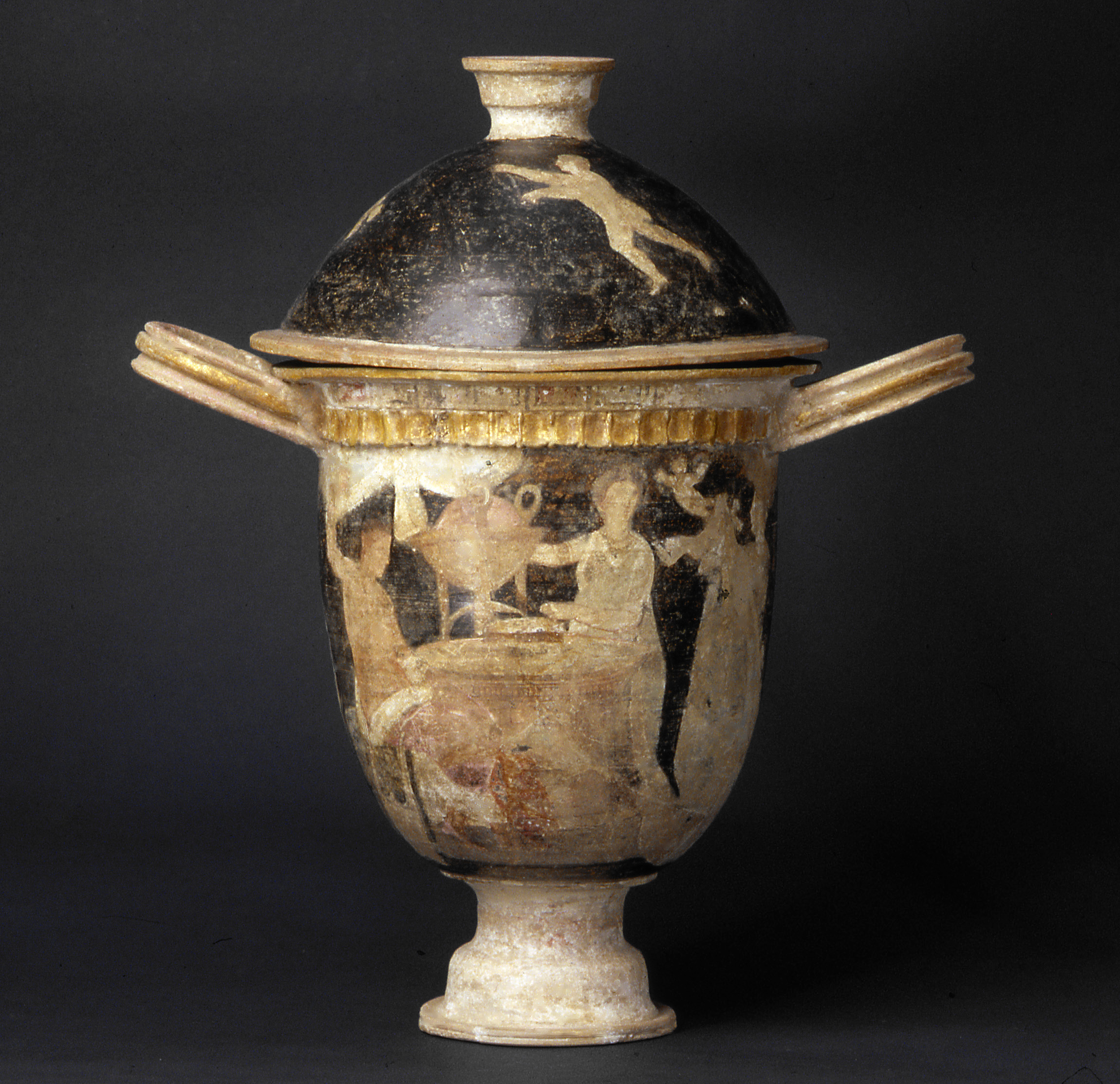What does the Allard Pierson understand by provenance research?
In the ideal situation, an archaeological artefact has a provenance history that can be traced back to where it was found (provenience) and thus to the context it was used in: Where was it found, by whom and under what circumstances? An artefact’s archaeological or find context is extremely important as it provides a great deal of information that cannot be deduced from the artefact on its own, for example whether the artefact was used in a household or a in funerary context. Loss of this context automatically implies a large loss of knowledge.
The provenance history of museum artefacts is unfortunately often incomplete or even completely absent. Despite this, the Allard Pierson conducts provenance research to gather as much information as possible. This includes archival research, research into the artefact itself, research into the networks of dealers and into previous owners. This process takes time; it is dynamic and complex; and it depends on the willing cooperation of different individuals and institutes.
Documenting the provenance history of an archaeological artefact is important because it may say something about the circumstances under which the artefact left its country of origin. This may have occurred under legal or illegal circumstances. The acquisition of artefacts may also have occurred through coercion or pressure, as during colonial rule or war.




